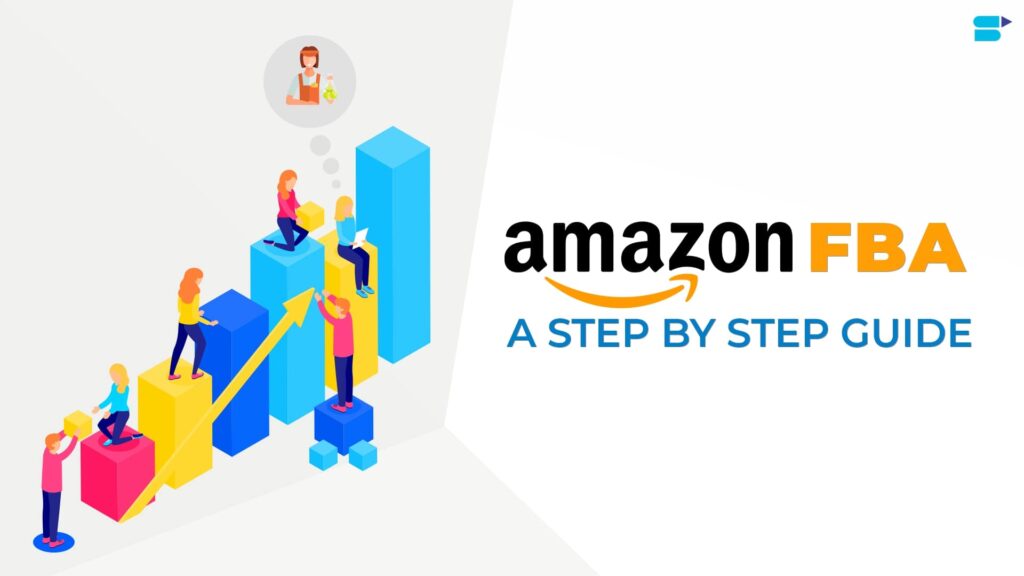Fulfillment by Amazon (FBA) takes care of the tedious tasks. FBA takes care of all the storing, packing, and shipping for you once you sign up. Instead of frantically searching for scissors and tape, you can return to your search for game-changing solutions and business-changing breakthroughs. Because, after all, isn’t that what you love about operating your company? Amazon FBA is a game-changer for companies, but it isn’t without flaws. It has advantages and disadvantages that make it appropriate for some firms and inappropriate for others. You can Go Now to the Amazon FBA website to know more.
What is Amazon FBA (Fulfillment by Amazon)?
Fulfillment by Amazon (FBA) is an acronym for “Fulfillment by Amazon.” FBA is a service offered by Amazon to make selling on the platform more accessible to various enterprises. Whether you don’t have the storage space or the bandwidth to handle all of your orders, FBA can make owning an online business a reality.
Amazon operates around 175 fulfillment centers worldwide, totaling millions of square feet of storage space. FBA allows you to keep your products on Amazon’s shelves worldwide, label and ship orders, provide customer care for returns and exchanges, and give your business benefits like automatic Prime eligibility and Free Super Saver Shipping.
Amazon Fulfillment by Merchant (FBM) is an alternative to FBA in which you manage all order fulfillment yourself. With FBM, you’ll be in charge of packaging, labeling, shipping, and ensuring that all of your purchases are delivered. If a consumer wishes to return or exchange something, you’ll have to assist them. However, you’ll be able to keep more profit from each sale, which brings us to the question of how much FBA costs. FBA provides fantastic services, but you must pay for them.
FBA fees are divided into five categories by Amazon:
- Fees for finding, packing, shipping, handling, customer support, and product returns are included in the fulfillment fees.
- Monthly Inventory Storage Fees are dependent on the amount of inventory you store in Amazon fulfillment facilities every month.
- Long-Term Storage Fees: a monthly fee for items stored in fulfillment centers for more than 365 days.
- Removal and Disposal Fees: If you want Amazon to send your inventory back to you or dispose of it, you’ll have to pay a per-item cost.
- Returns Processing Fees: a fee paid on orders with free return shipping from Amazon
- Unanticipated Service Fees: a charge applied when Amazon gets your inventory.
Final thoughts
You’ll also have to keep an eye on your goods. If your inventory runs short, Amazon will notify you, but you must give them additional products before they run out to prevent losing potential buyers. Remember that Amazon is primarily responsible for keeping and distributing your products, not selling them on your behalf. Yes, you’ll get Prime membership and free shipping, but they are just icing on the cake. You’ll be in charge of writing exciting product descriptions, conducting keyword research, and gathering photos (and video) to sell your wares.
Although Amazon FBA and dropshipping have a lot in common, they are not identical. You’ll be in charge of acquiring the product and shipping it to Amazon if you use FBA. Amazon is only responsible for keeping and shipping the product; you remain the owner. You don’t own the item; you sell it. You act as a link between suppliers and buyers.


